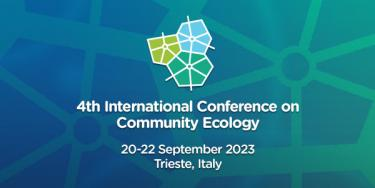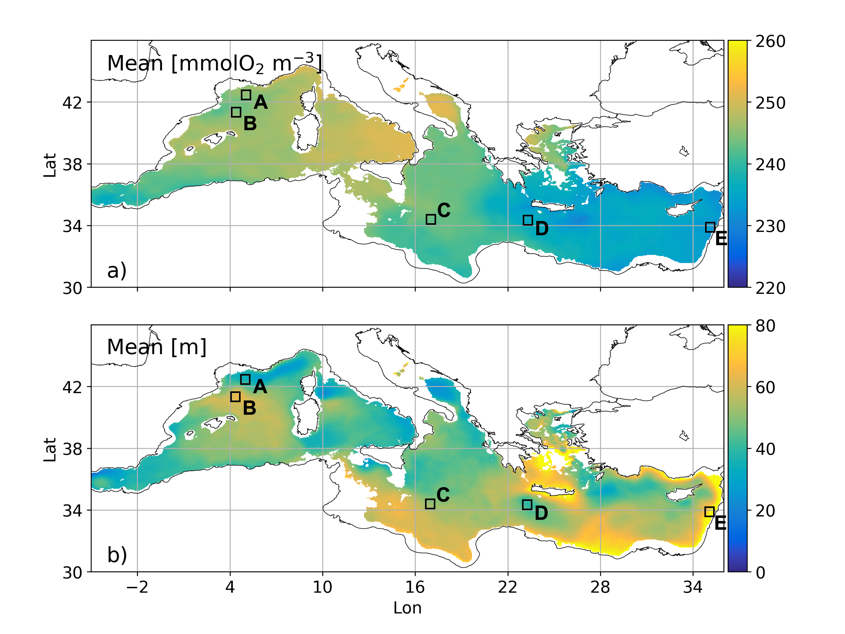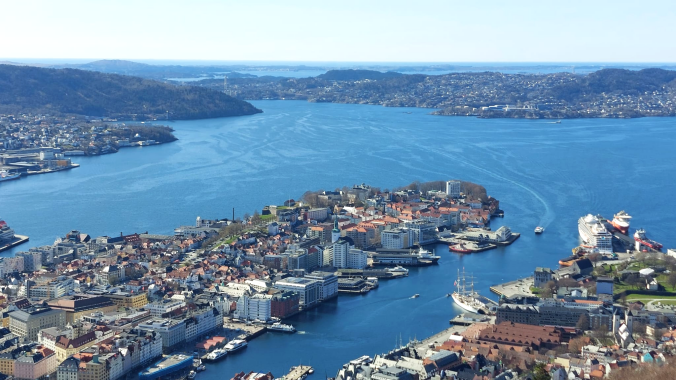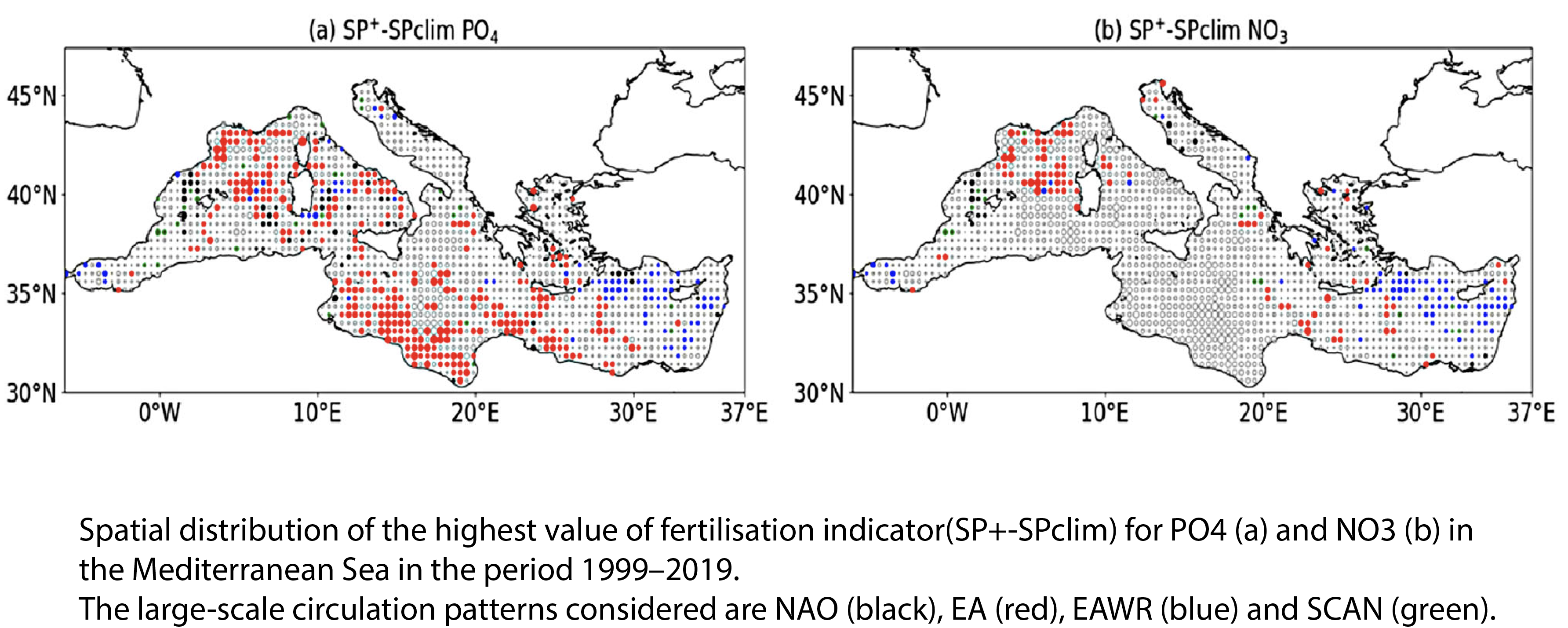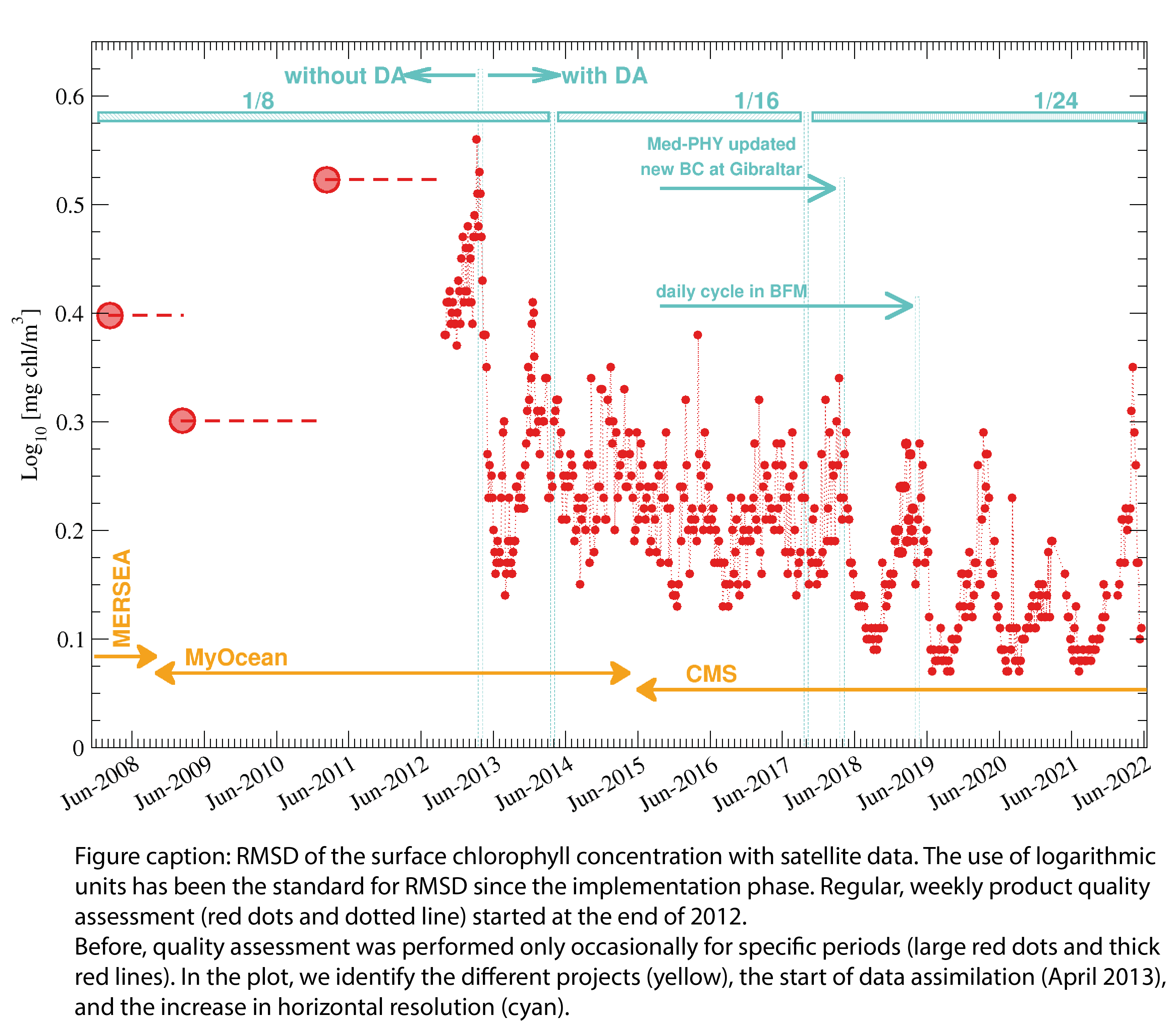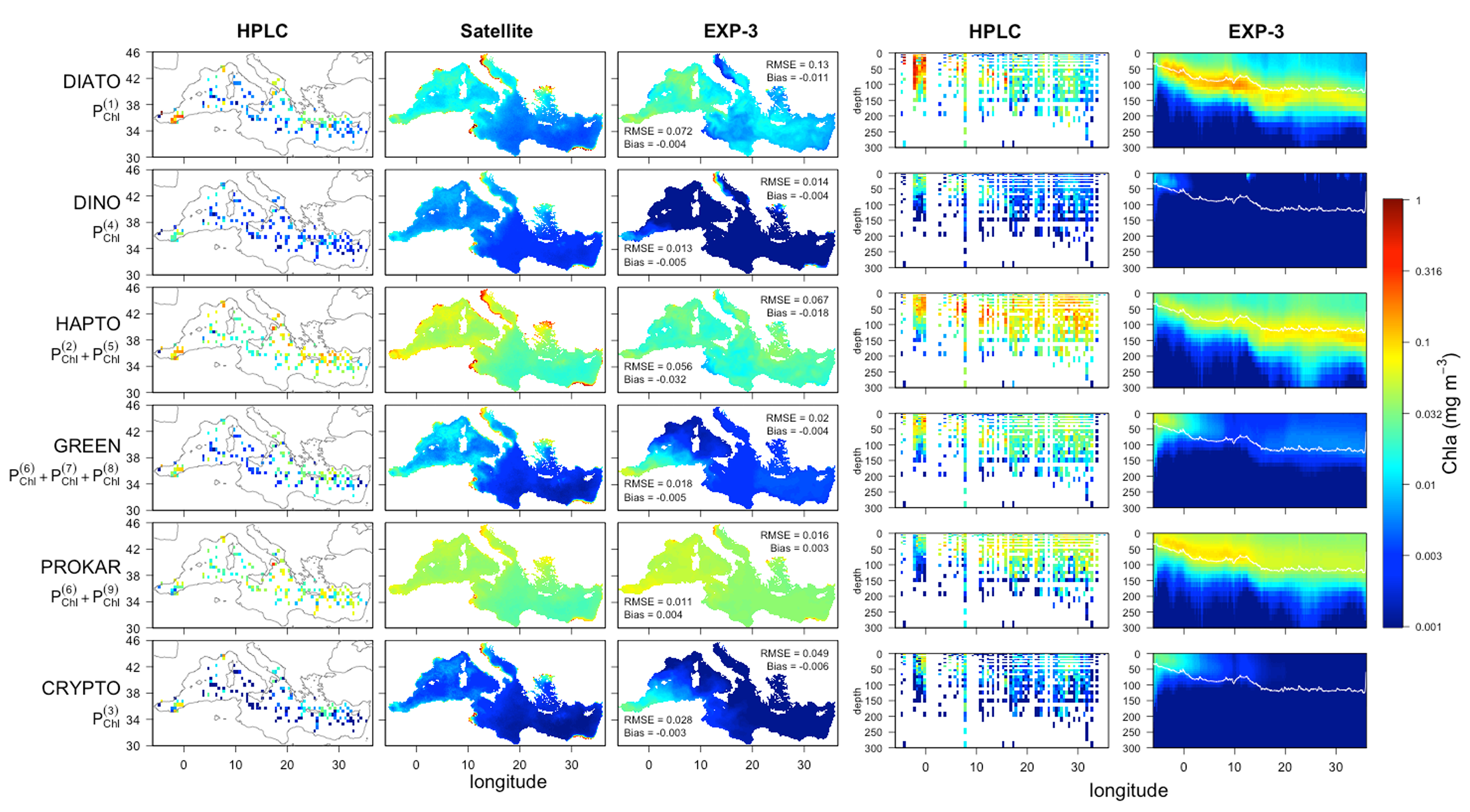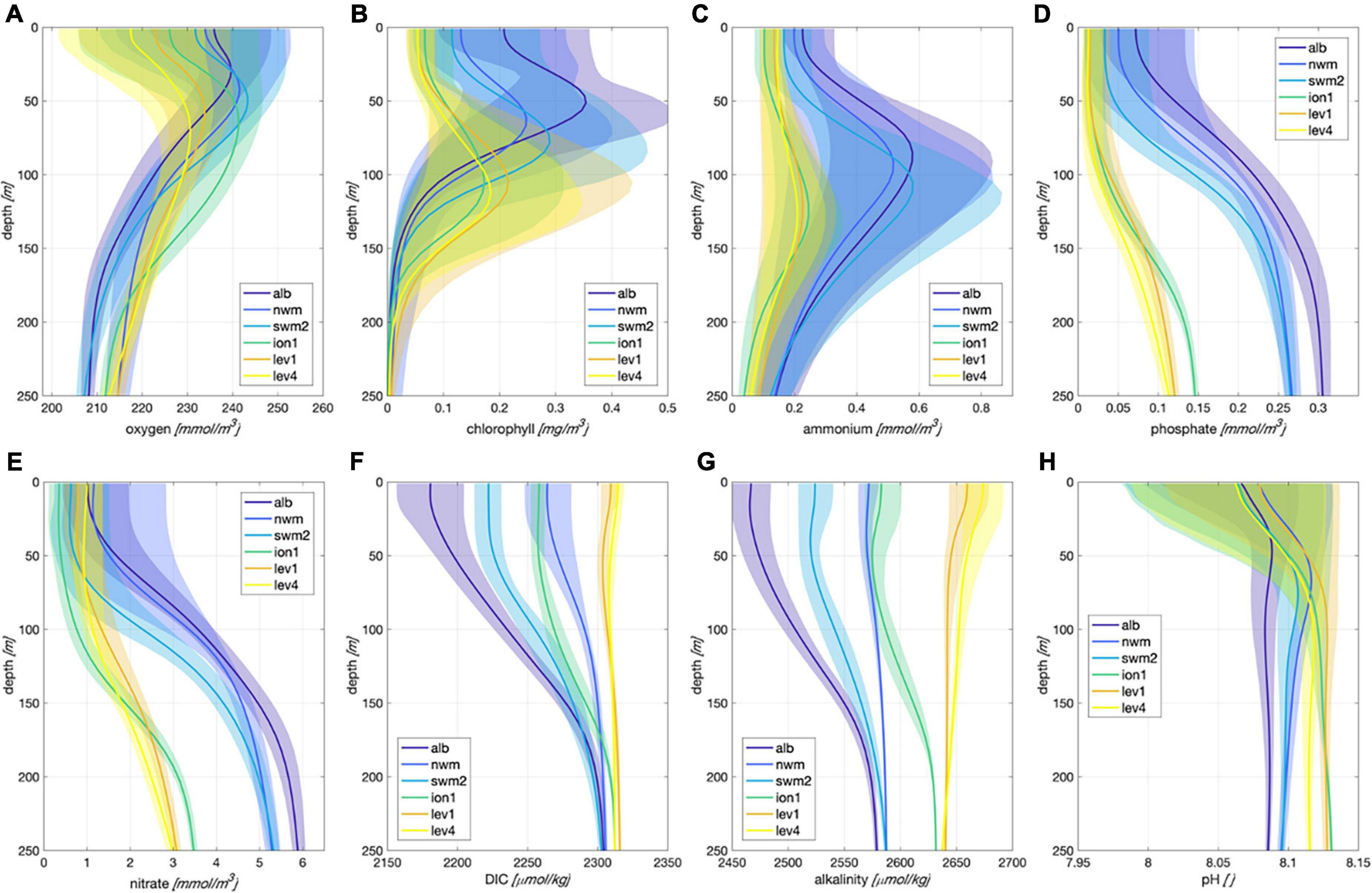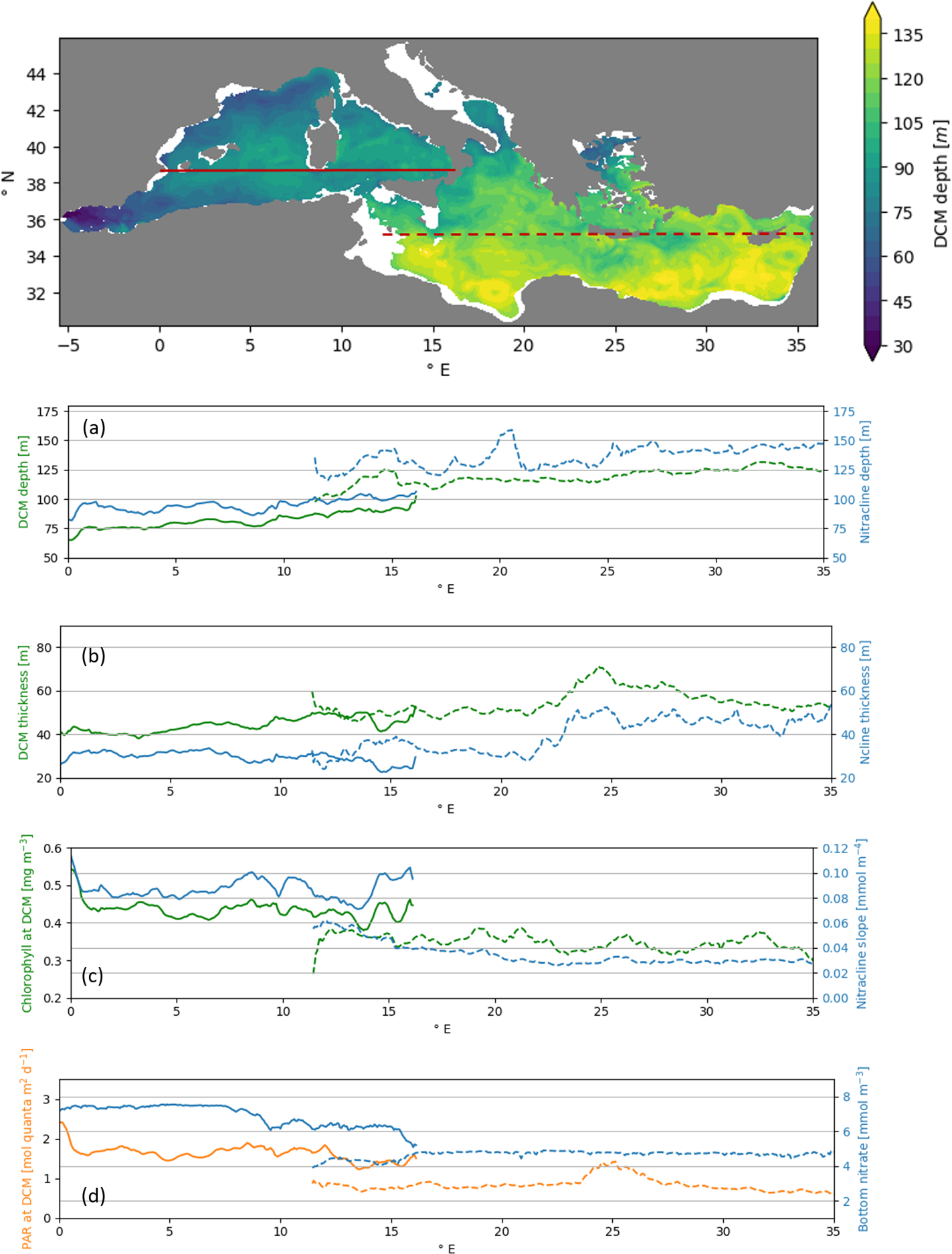Following on from the successful OceanPredict ’19 symposium in Halifax, May 2019, the next symposium will take place at UNESCO/IOC in Paris from 18-22 November 2024.
It is planned as a four-day event (Monday to Thursday) an will drive forward the ForeSea effort of international coordination and community building of an ocean prediction capacity for the future.

